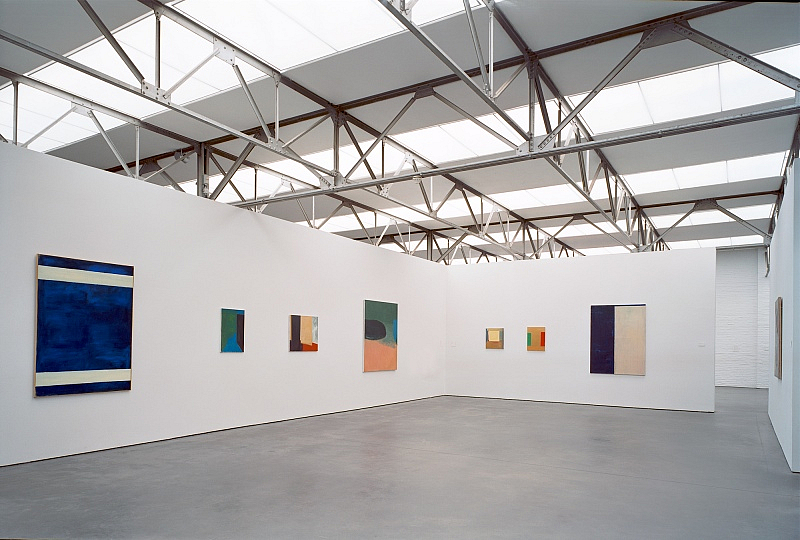Since the early nineties there has been considerable international interest in the work of the Belgian artist Raoul De Keyser, who is regarded in his own country as being the father of contemporary painting. In the Netherlands, De Keyser’s work has been shown only sporadically until now (at the Groninger Museum in 1970, the Van Abbemuseum in 1974, Witte de With in 1993). De Pont exhibited the work of De Keyser for the first time in 2002, this being in connection with the gift of the Rotterdam psychiatrist Wijnand Sengers. The retrospective exhibition now being held by De Pont has been organized in collaboration with Museu de Serralves in Porto, the Whitechapel Art Gallery in London, Kunstmuseum St. Gallen and Musée de Rochechouart.
During the sixties Raoul De Keyser (Deinze, 1930) was considered a representative of painting’s Nieuwe Visie (New Vision). This movement bore an affinity to Pop Art in terms of its concern for recognizable motifs and popular visual language. The subjects were taken from the everyday environment and reduced to flat forms of color and simple lines. Together with fellow Belgian painters Raveel and Elias and the Dutchman Lucassen, De Keyser painted the cellars of Beervelde castle in East Flanders.
During the early seventies De Keyser’s work became more abstract and its visual language was distilled into forms that seem to come from planar divisions of landscape. For a great number of works from that time, the pattern of lines on a soccer field serve as his point of departure. But the use of this motif was no more than a pretext for him to arrive at a more profound investigation of the form and structure of a painting. Eventually the austere contour lines of the early work gave way to increasingly liberal movements of the brush and paint. Planes and lines emerge as independent forms in free and colorful compositions. More and more, his work assumes a tranquil and poetic character as the potential of brushstroke and color are continually explored. The Flemish art critic Ludo Bekkers once described it as follows: “Never does a work reach its conclusion. Often one can see, along the edges of the canvas, how it has been painted over in order to attain an acceptable result. But evidently it is never entirely acceptable, for the exploration continues in a subsequent work, sometimes with a very different approach, a different formal structure, different use of color. And it is that very process of adaptation, self-correction and painting over which is so fascinating about this body of work. Its meaning is not to be found in the memory of reality, but in the quest for the ultimate painting whose previous steps are the memory.
